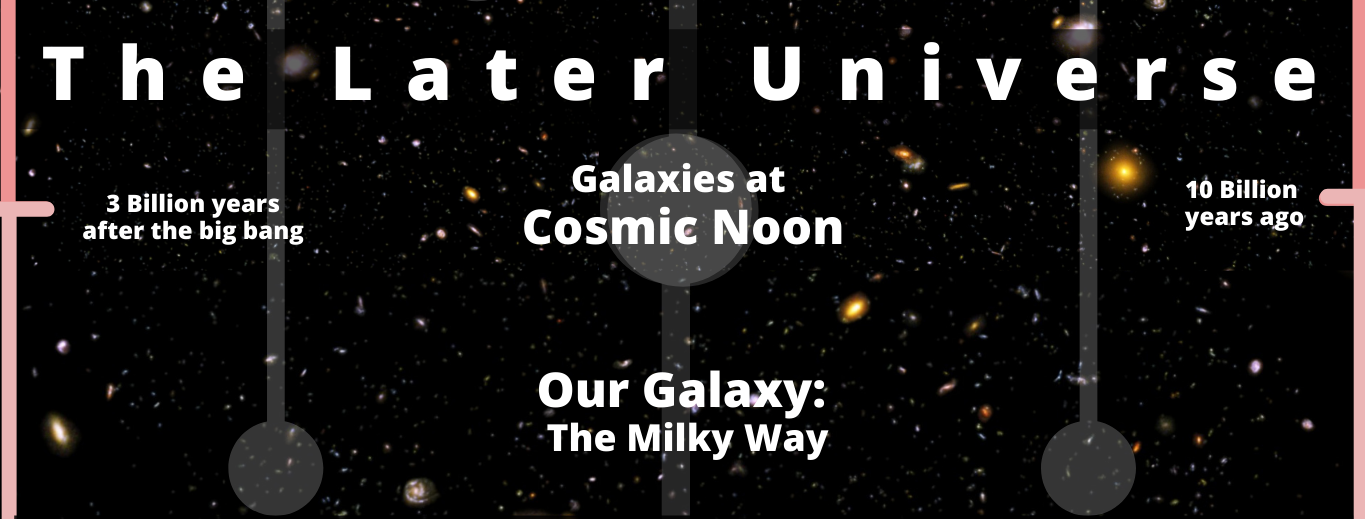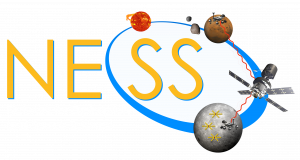Galaxies at Cosmic Noon
Galaxies continue to grow rapidly even after the Cosmic Dawn, and the most intense period of star formation in the Universe's history occurs about 2-3 billion years after the Big Bang, a period known as Cosmic Noon. Black holes also grew rapidly during this era, lighting up the Universe as super-luminous quasars.
Image: Andromeda galaxy, our closest neighbor.
Credit: NASA Goddard
Our Galaxy: The Milky Way
Our own galaxy, the Milky Way, is a very average galaxy at the present day. But even today it holds evidence of the Cosmic Dawn, including ancient stars, globular clusters, and nearby galaxies that orbit the Milky Way.
Image: This infrared image from NASA Spitzer Space Telescope shows hundreds of thousands of stars crowded into the swirling core of our spiral Milky Way galaxy.
Credit: NASA/JPL-Caltech



